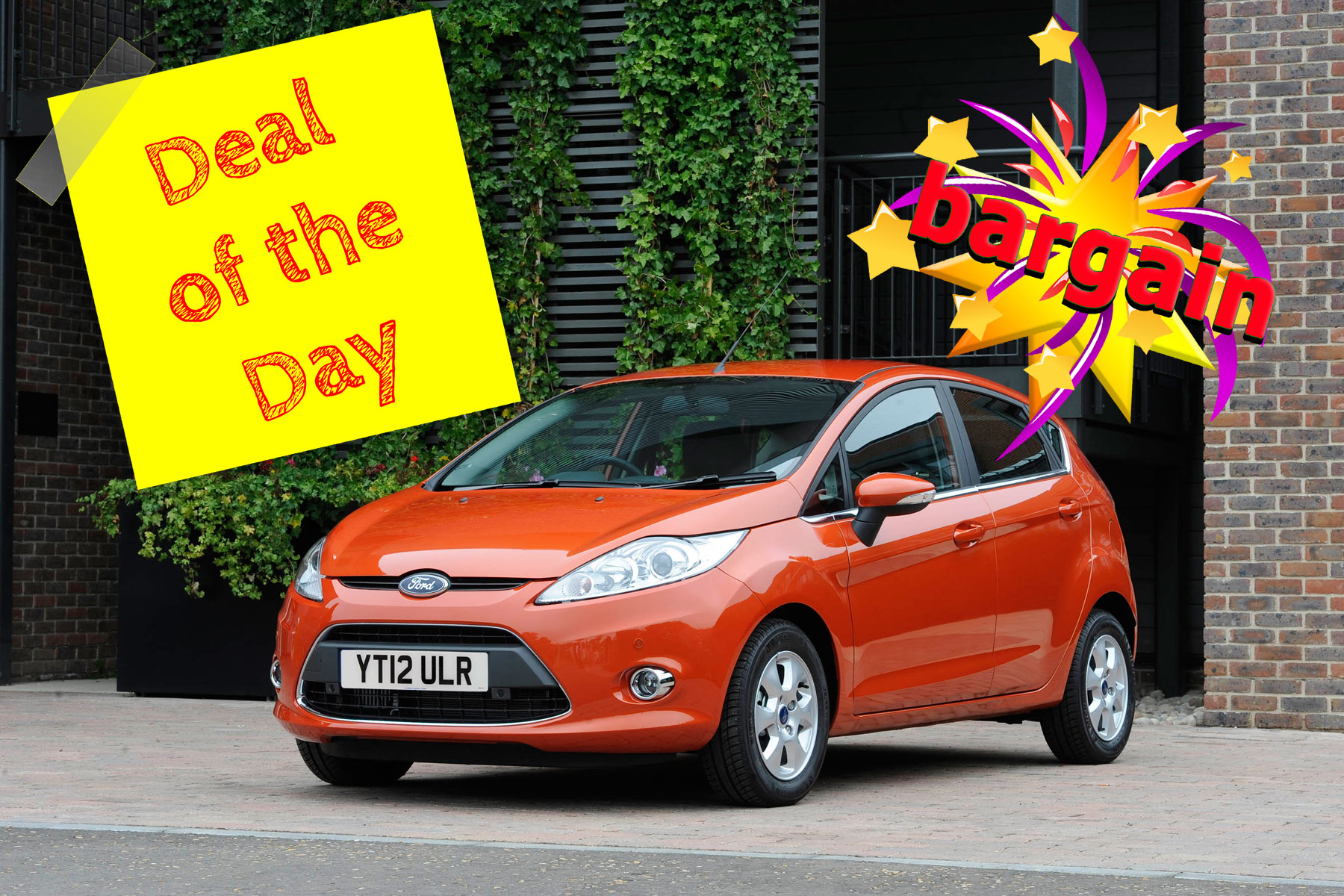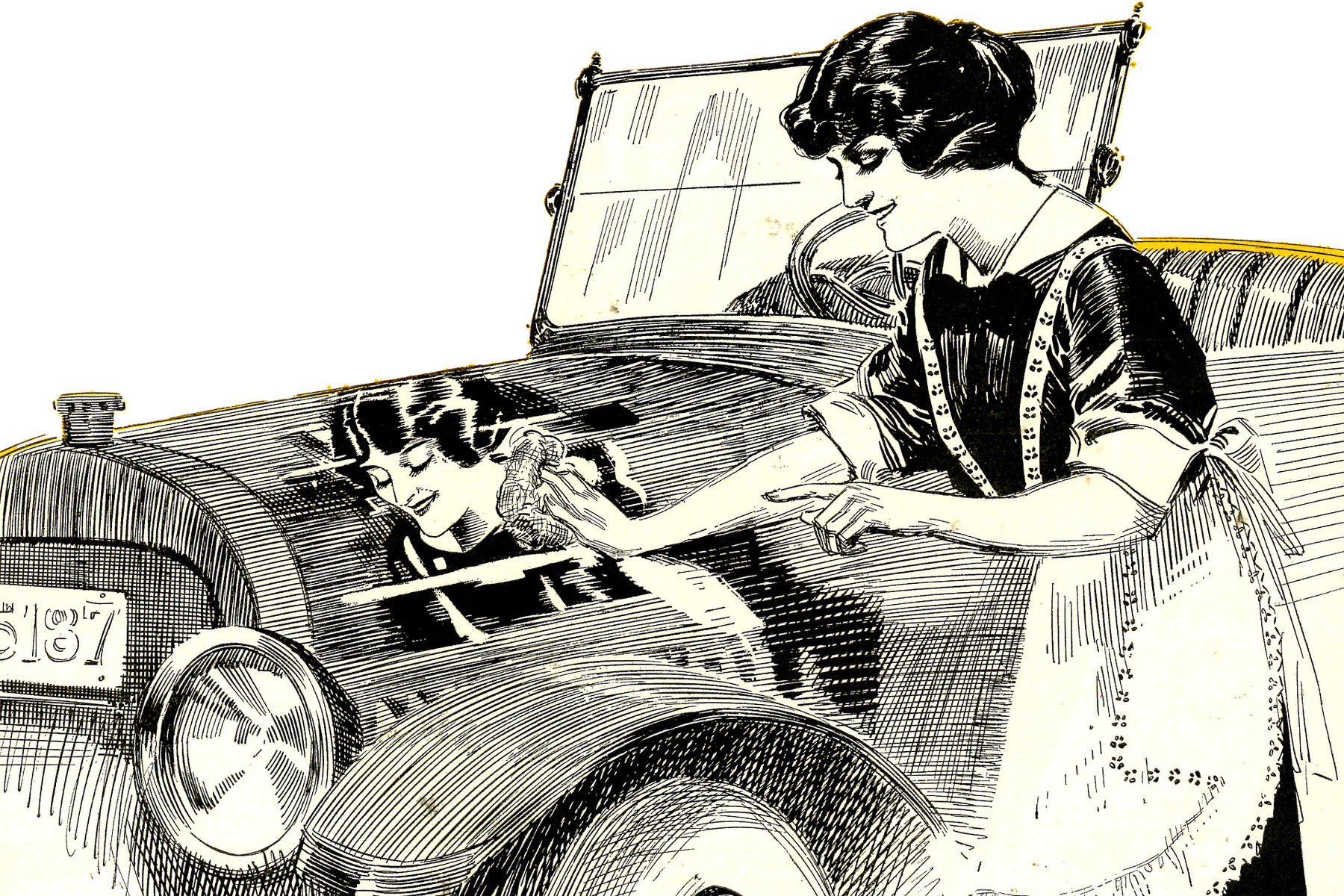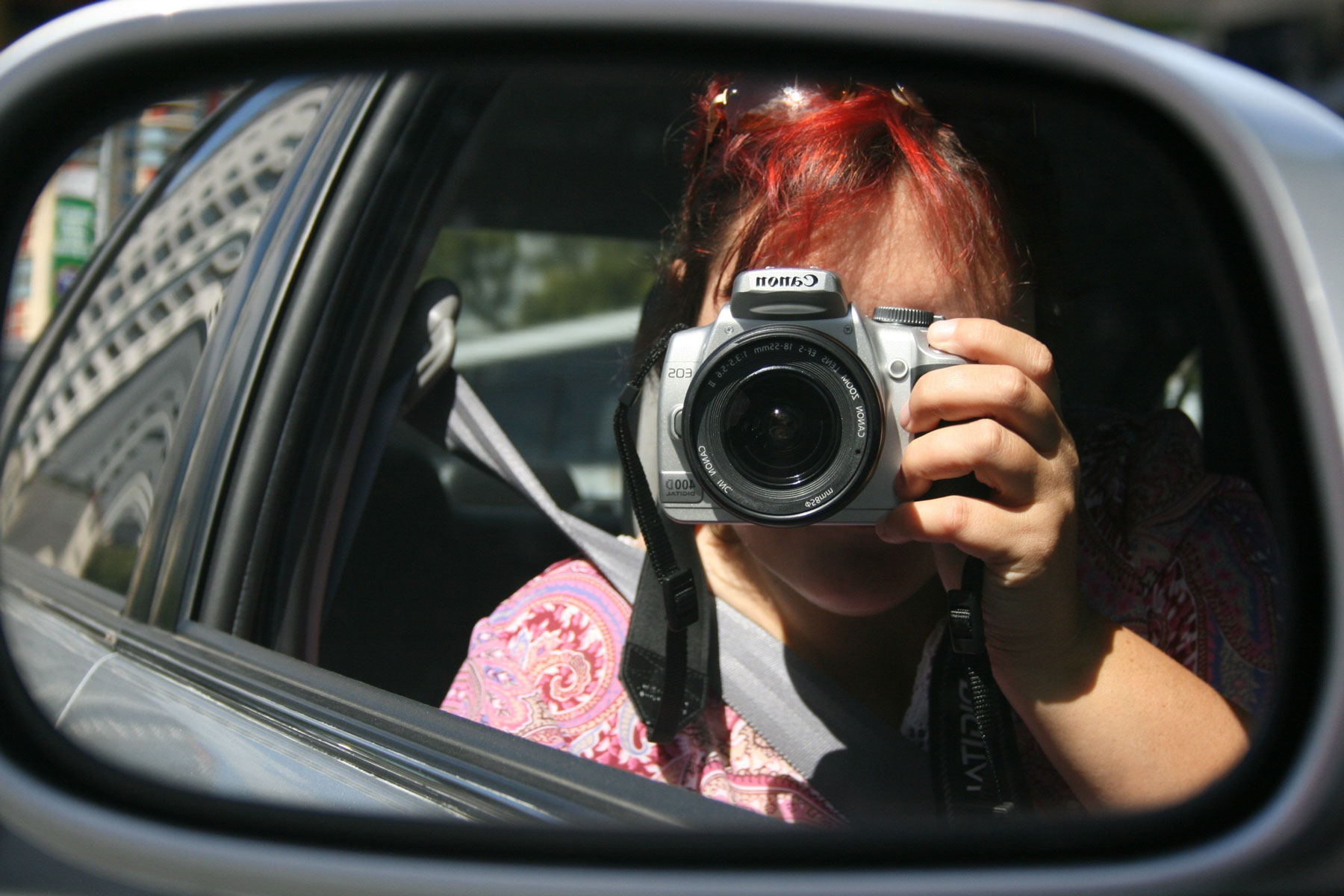
Advertising your car for sale sounds simple enough, but you’d be surprised how many people get it wrong.
Little mistakes can make a big difference – and could affect the final price you agree with a buyer. They could also mean the difference between shifting your car in record time or having it sat on your driveway for longer than expected.
Our quick guide will help sell your used car quickly, easily and for the best price. Read on for what you need to know.
Prepare your car for sale
Before you get as far as listing the car for sale, you’ll need to prepare it for viewing. Those empty biscuit packets in the footwell, dog hairs in the boot and sticky finger marks on the rear windows aren’t a good look.
Potential buyers will make snap decisions based on the car they see in the photographs, so half a day spent washing and waxing pays dividends in the long run. At the very least, a visit to the local hand car wash will ensure your vehicle is fit to be seen.
Alternatively, bring in the experts. A mini valet is likely to cost upwards of £30 and will include a wash and wax, interior dust and vacuum, window clean and rubbish removal. That should be enough to attract potential buyers on the strength of your advertisement.

For seriously soiled motors, a full valet is a good move – especially for more expensive cars. Think of this as a deep clean, which is likely to include a polish, power-washed wheelarches, an interior shampoo, the door and boot shuts cleaned and the interior deodorised.
Prices vary depending on the size of car, length of valet and additional services, such as engine steam cleaning. But £100 to £200 could be money well spent if you’re looking to achieve a top price for your vehicle.
Any chips, dents or damage you find should be rectified prior to sale, but only if it will affect the price you expect to achieve. There’s little point spending £250 on a car that’s worth just £500, for example. Use your common sense.
Where to sell your car
Once upon a time, selling a car meant selecting from a small number of outlets, with the weekly Auto Trader magazine the most likely avenue. Other options included the small ads in the local newspaper, weekly car magazines and the Post Office noticeboard.
Times have changed and there are a now many different ways to sell your car. Let’s examine some of the most popular.
Online
Simply advertising your car online and hoping for the best isn’t enough – you have to select the most appropriate channel. Consider the car and the audience it’s likely to appeal to.
If it’s a performance car, PistonHeads might be the best option. For older vehicles, have a look at Car & Classic. It’s free to list your vehicle and many fans of retro and classic cars will happily spend an hour on the site, dreaming of filling their fantasy garage.

What was once the printed hero of used car market is now one of the leading outlets of the digital age. Auto Trader claims a car is listed for sale every 60 seconds, with the site featuring a number of different search options and pre-defined fields.
Other outlets to consider include Gumtree, one-make car forums, social media and the eBay auction site.
While selling online is quick and easy, printed media should not be ruled out. If you’re not in a hurry to sell or are looking to achieve the maximum price possible, advertising in a glossy car magazine could be for you.
You should also consider the weekly classic car newspapers, such as Classic Car Weekly and Classic Car Buyer. Remember, not everyone goes online to buy a car. Traditional methods still work.
Other options
Other options to consider are car auctions, part-exchanging at a local dealer or selling via a company such as We Buy Any Car.
There are pros and cons associated with each of these options, so decide if they’re right for you. Bear in mind that, in the majority of cases, you’re likely to achieve far less than the retail value of your car. The flipside is a hassle-free sale.
How to photograph your car

With your car fresh from its makeover, now’s the time to take some photographs. You don’t need to be a wannabe Annie Leibovitz behind the camera, but it’s essential to take a good range of shots to present your car in all its glory.
Think brochure shots rather than anything too arty. If possible, find a plain background and make sure you shoot in daylight, but avoid direct sunlight.
Today’s smartphones will be more than up to the task, but avoid using any of the phone’s fancy filters. It’s definitely a case of #nofilter here.
As for the selection of photos, we recommend the following:
- Front three-quarter
- Rear three-quarter
- Side profile
- Front face-on
- Rear face-on
- Dashboard – taken from behind the front seats
- Dashboard – looking through from one of the rear doors
- Front seats
- Rear seats
- Inside the boot
- Engine bay
- Close ups of all the alloy wheels
- Any damage
- Roof up and roof down (convertibles only!)
- Any special features/modifications
Finally, make sure the photos are in focus. You’ll be amazed how many sellers forget this simple point.
Do your homework

You’re almost ready to write the ad, but before you do, it’s time to do some homework. Don’t worry, it’s nothing too strenuous, but could avoid wasted time in the long run.
Take a look at similar cars for sale, which will help you decide how much to ask. If it’s a classic car, check out the Practical Classics guide for a rough estimate of what you’re likely to achieve.
If the vehicle is stuck somewhere between classic status and being relatively modern, you might consider selling via eBay. The market will dictate the price, but list the car with a reserve if you’re worried about getting less than it’s worth.
It’s also worth mentioning eBay has an advanced search function, allowing you to view the prices of recently sold vehicles.
Writing the ad: the essentials

This is it: your moment to shine – a chance to give your beloved motor the send-off it deserves. A sales pitch to beat all sales pitches. Just avoid heading into David Brent territory.
Be informative and descriptive, but don’t be afraid to ‘big up’ your motor. List the positives, point out the faults, but above all else be honest. It’s illegal to wrongly describe your car.
Crucially, the ad must encourage people to pick up the phone to arrange a visit and test-drive. But you don’t have to give everything away. You can read our guide to writing the perfect advert for a used car here.
In general, be clear and avoid using jargon or meaningless phrases. ‘First to see will buy’ means nothing and text-speak is a no-no. When you’re done, put your words through a spell checker.
Once the ad is written, you’re all set. Be prepared for your phone to start ringing off the hook. Not that mobile phones can ring off the hook…
ALSO READ:
How to get the best price for your PCP trade-in car
The 10 most searched-for car questions – and the answers
Pothole damage to cars up 34% since 2016 – here’s how to claim